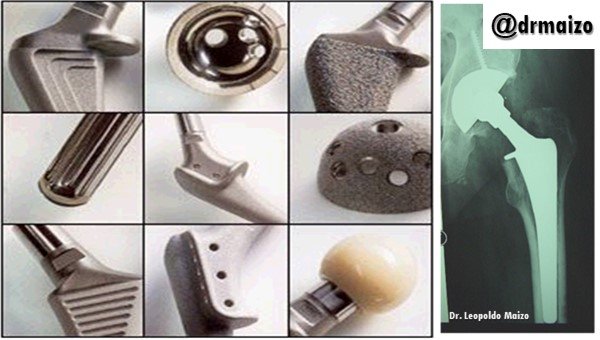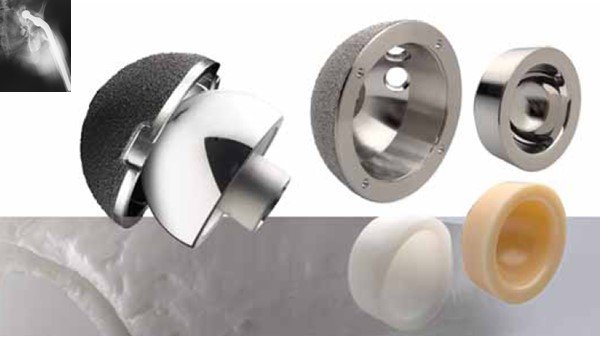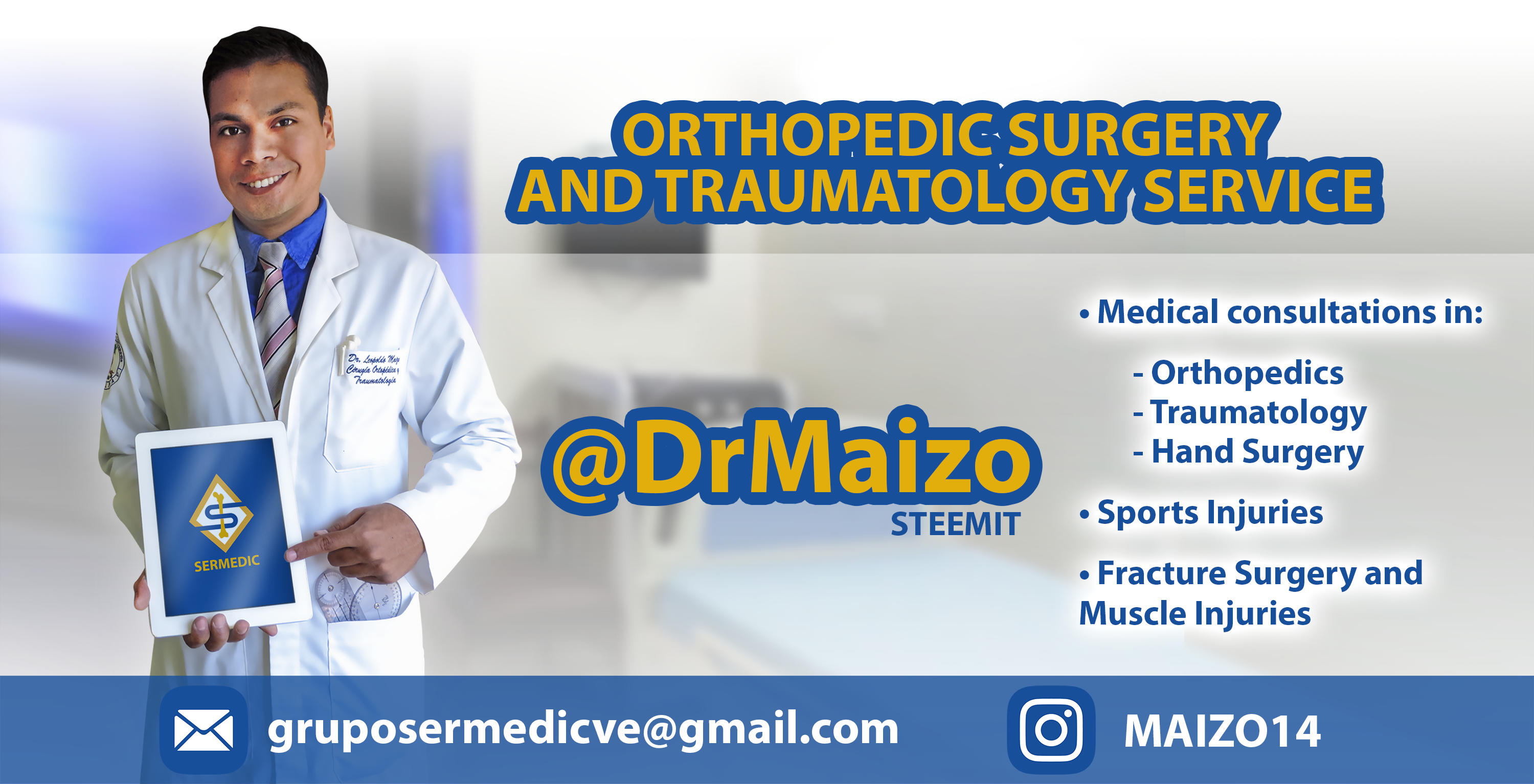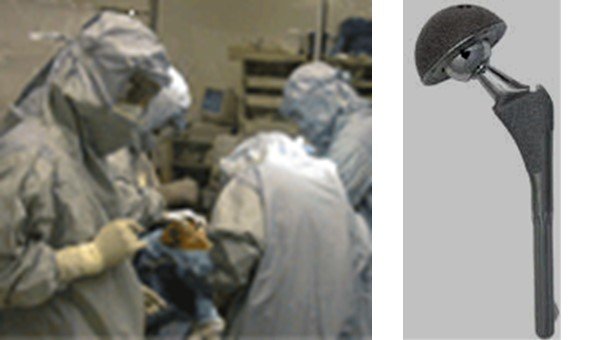How long do prostheses last and which is the best?

How long?
This is one of the issues that most worries patients, usually looking for the hip prosthesis to last them about 15, 20 or 25 years. This can be very variable because there are tried and tested prosthesis models in which the prosthesis continues to work, above 90%, after 15, 20 and 25 years, not 10 years as many people think.
It is the job of the prosthesis surgeon to be informed and to know what these models are and not to put any prosthesis that is on the market or that has been on the market for less time and is newer, because what matters is that there are other more contrasted models. Even young patients, those less than 55 years old, can expect their prosthesis to last for more than 20 years.

How is the prosthesis fixed?
The hip prosthesis has elements that hold it to the bone (stem and cup) and others that allow joint movement (femoral head and acetabular insert).
There are two ways of anchoring the prosthesis to the bone:
- Cemented fixation: Bone cement is used around the prosthesis that, when it sets, holds the implant to the bone. It has the advantage of providing immediate support that allows the patient to be mobilized as soon as he or she tolerates it, regardless of bone quality. In return, the cement can degenerate over time. It is often used in patients with severe osteoporosis and is commonly used in the treatment of fractures.
-Non-cemented fixation: The surfaces of the prosthesis are covered with porous materials that imitate the texture of the bone and allow it to intermingle with the coating, thus fixing the implant. It has the advantage of being a more natural fixation than that provided by the cement, but its success depends on the patient's previous conditions. It is usually used in patients with relatively good bone quality.


What varieties are there?
Metal femoral head and polyethylene acetabular insert (metal-polyethylene pair): It has been on the market for the longest time and reliability is its main advantage. As disadvantages it can be pointed out that it wears faster than other friction pairs and that the particles resulting from this wear can loosen the bone prosthesis. In addition, as polyethylene has to be quite thick to compensate for its wear, the femoral heads are smaller and the risk of dislocation (the prosthesis coming out of place) is greater.
Femoral head and acetabular ceramic insert (ceramic-ceramic pair): The hardness of the ceramic, together with its hydrophility, offers almost zero wear. In addition, the heads may be larger than those of the metal-polyethylene pairs. Among its disadvantages are its higher cost and a certain risk of material breakage due to the fragility of the material, although this is really reduced.
Ceramic femoral head and polyethylene acetabular insert (ceramic-polyethylene pair): It is a hybrid between the two previous options. It has less wear than metal-polyethylene and less risk of breakage than ceramic.
Metal femoral head and urethane polycarbonate insert (Par metal-PCU): Distributed under the trade name TriboFit and is one of the latest additions to the market. It allows the use of large diameter heads and presents an elasticity much more similar to the natural cartilage of the hip. As a relative disadvantage, it is possible to point out the short time it has been on the market (less than ten years).
Dr. Leopoldo Maizo - Orthopedic Surgeon


Firma diseñada por @themonkeyzuelans, contáctalos vía Discord "themonkeyzuelans#9087"
Great projects from the Steemit community:
- My Fundition campaign: https://fundition.io/#!/@drmaizo/6f88ggj8h




.png)